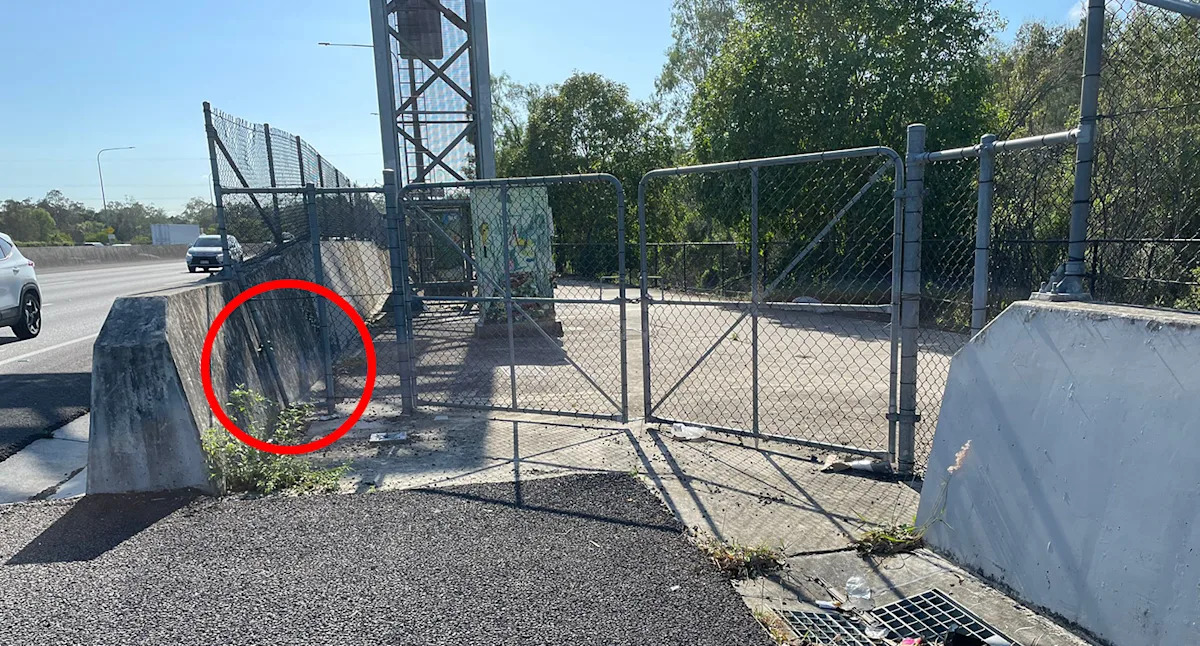A vandal’s decision to cut a gaping hole in a high fence has been linked to the death of an endangered marsupial. On Wednesday night, as most Aussies were sitting down to dinner or relaxing in front of the television, Queensland rescuers were racing to try and save a koala that was wandering across the motorway.
They were too late.
Drivers who had stopped to help the animal on the six-lane motorway in Ipswich watched on helplessly as the animal was struck, as trucks and cars drove by at 100km/h.
WARNING — CONFRONTING DETAILS BELOW:
When Maria Hayes, a member of the Ipswich Koala Protection Society, arrived moments later, its body was still warm, and it had been placed on a towel.
“It was highly distressing. I didn’t enjoy picking up its limp body in my arms, with blood and broken limbs,” she said.
“I’m just a normal local, trying to save whatever wildlife we have left.”
Surprising moment of hope after ‘horrible’ incident
The koala was struck on the Ipswich Motorway, just near the Redbank Plaza exit. Transport and Main Roads is understood to be investigating the circumstances surrounding the koala’s death.
Photos indicate there were multiple opportunities for the animal to breach the fence, and create a dangerous situation both for the koala and for drivers.
If the koala didn’t clamber through the hole, then it could have easily walked between a gap in the gates, and the fence itself is not coated with the standard metal sheeting to prevent them from climbing.
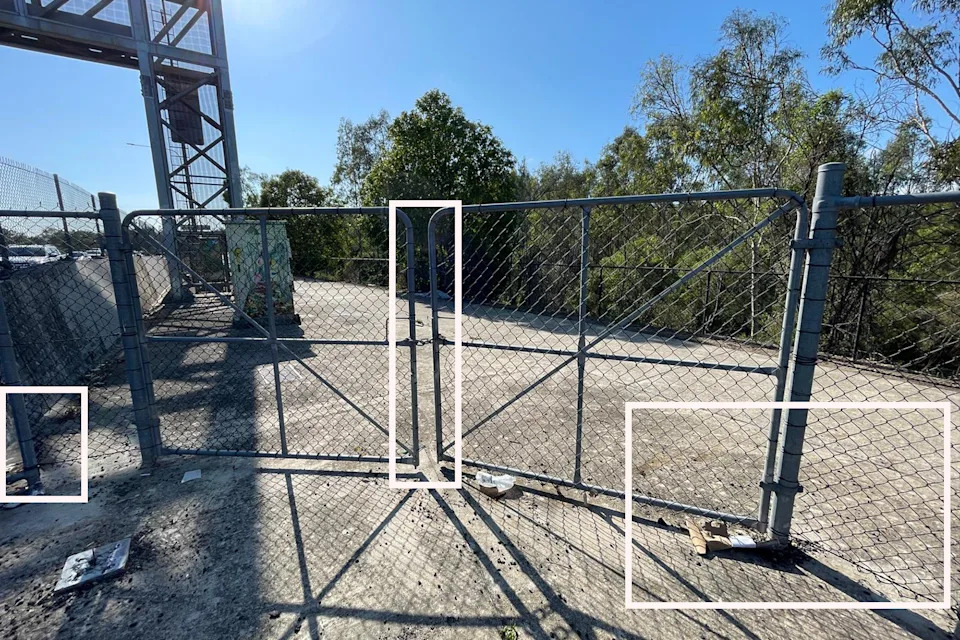
If the koala didn’t get through the hole (left), it could have squeezed through the gates (centre), or climbed the fence (right). Source: Maria Hayes
Related: Quiet Aussie holiday town split over new luxury development
Retired vet Dr Rebecca Larkin admits to feeling “frustrated” and “angry” at yet another koala being killed in Queensland. But there’s one surprisingly positive aspect to the incident she wants to share.
“I was really surprised that there’s a koala there. They just prove to us time and again that they’re clinging on,” she said.
The animal’s death has left Dr Larkin pondering who is responsible for the animal’s death and the wider problem of vanishing koalas across Queensland.
“It’s horrible. So we immediately want to blame somebody, but it’s complicated,” she said.
“I’m responsible as much as anybody. I’ve driven by the hole in the fence.”
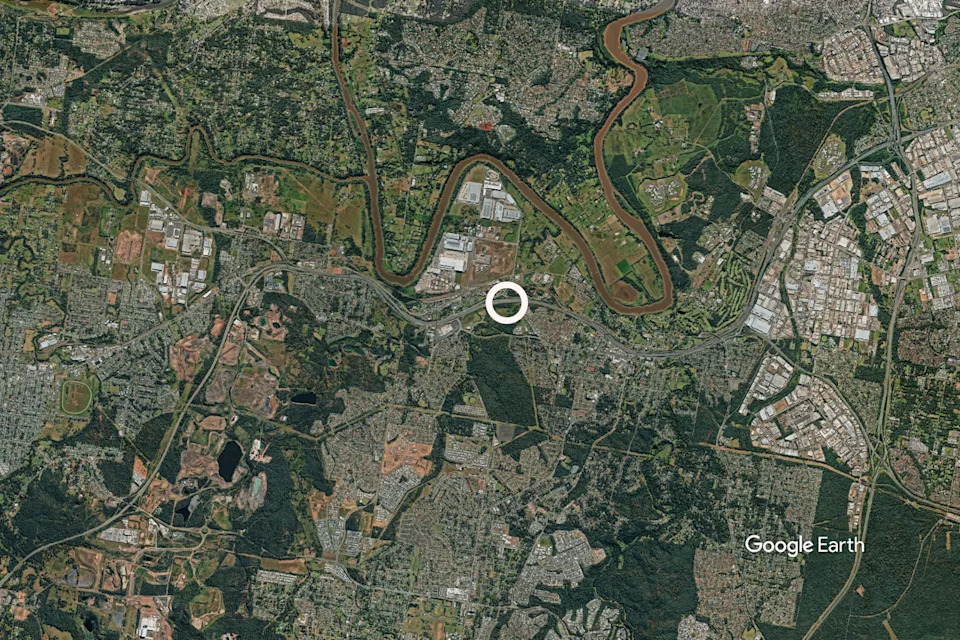
The koala was hit near the Redbank Plaza exit, near a section of bushland. In the wider Ipswich area, koala habitat has been fragmented by ongoing development. Source: Google Earth
Koala death bigger than one hole in a fence
Despite the species being protected under the government’s threatened species laws, ongoing development in the region continues to destroy habitat.
It’s the same situation on the Gold Coast, where a McDonald’s, KFC, Toyota dealership and state government infrastructure have all been built where the marsupials once roamed. A new motorway being funded by the federal and state governments, the Coomera Connector, will reduce travel time between the Gold Coast and Brisbane, but also displace important koala populations.
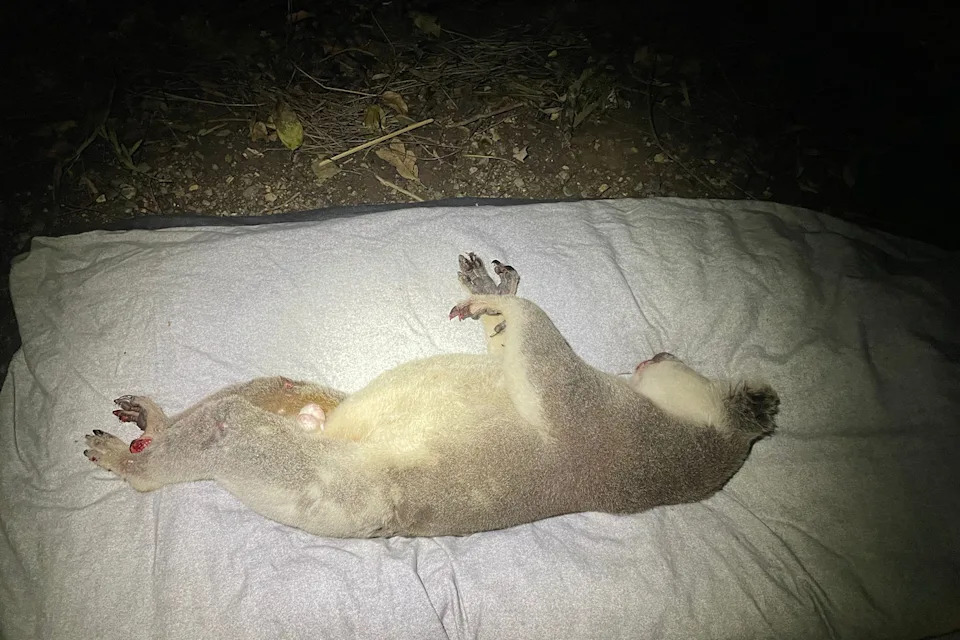
The koala was still warm after it was struck by a vehicle in Ipswich. Source: Maria Hayes
In South East Queensland, Dr Larkin believes one of the biggest problems koalas face is that development projects were approved before koalas were listed under the Environment Protection and Biodiversity Conservation (EPBC) Act as endangered in 2022.
Having spoken to politicians about the problem, she’s been told they can’t retrospectively change the laws to protect them from projects green-lit long ago.
“It just makes me laugh. To hear a politician say, ‘it’s not my job to update out-of-date laws in parliament’, makes me think, ‘what the hell is your job?’” she said.
“The trouble is the ducking of responsibility.
“It’s not just koalas that are being sacrificed. Nobody is going to care about the endangered collared delmas, or even the powerful owls… but if we can’t save koalas, we can’t save anything.”
Can Queensland’s koalas survive?
This week, reforms to the nation’s decades-old EPBC Act are being introduced to parliament and negotiations with either the Greens or the Liberal Party will be needed if they are to pass.
But unless the changes include stronger provisions to retrospectively challenge development, Dr Larkin does not believe koalas will survive in Ipswich.
“Within three koala generations, or 30 years, they’ll be all gone,” she said.
Her thoughts aren’t unique in Queensland. Gold Coast rescuers have warned they don’t think the species will last beyond 2050 in their region. In NSW, the government has created a Great Koala National Park to try and safeguard the species, but southwest of Sydney, housing developments threaten to kill off the state’s most important and only disease-free population.
Even when koalas survive displacement, vehicle strikes, or attacks from dogs, there is often nowhere to release them safely back into the wild. One koala advocate who asked not to be named shared their bleak thoughts.
“I don’t know why we bother rescuing them. You might as well just go and shoot them all. There would be less pain and suffering,” she said.
“This isn’t just about a hole in a fence.”
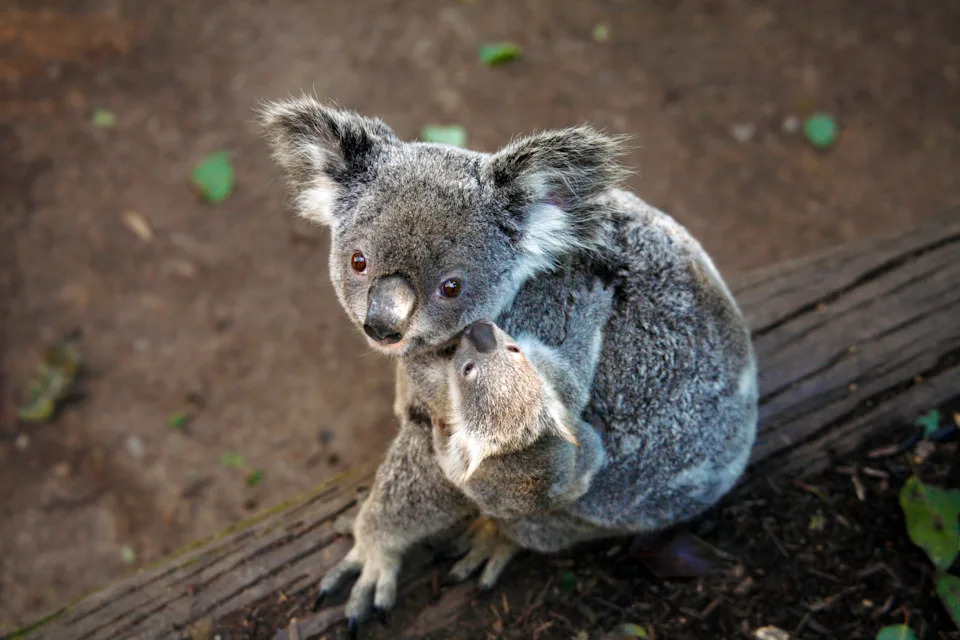
Queensland wildlife rescuers have warned koalas will soon be locally extinct in multiple regions. Source: Getty
Love Australia’s weird and wonderful environment? 🐊🦘😳 Get our new newsletter showcasing the week’s best stories.

